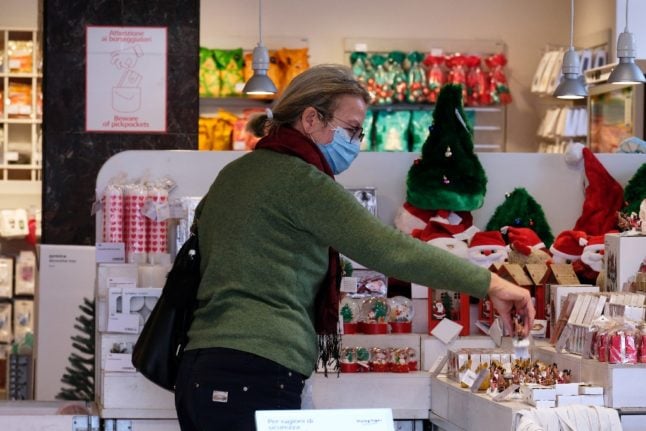After a dip following the financial crisis, the salaries of top-level executives in Sweden are now once again growing faster than those of blue collar workers, the head of the Swedish Trade Union Confederation (LO), Wanja Lundby-Wedin, along with two LO economists, wrote in an opinion piece in the Dagens Nyheter (DN) newspaper.
On average, members of the “power-elite” have incomes that are 17 times higher than those of manufacturing sector workers, according to a new report by LO charting the salary developments of top-ranking managers in Sweden.
The study is based on a selection of around 200 “power positions” from different sectors of Swedish society, which LO breaks down into the economic, democratic, and bureaucratic “elite”.
In the corporate sector or the “economic elite” it’s common for managers’ monthly salaries to be complimented with different forms of “soft bonuses”, something which the union group examined more closely in the new report.
The benefits include the use of company care, private healthcare and domestic services.
“Housing benefits can also be found among top bosses, a well-known example of this was when Nordea bought a flat that cost more than 20 million kronor ($3 million) to be used by the bank’s CEO,” wrote Lundby-Wedin along with economists Jeanette Bergström and Torbjörn Hållö.
LO has examined the different types of benefits for the leaders of the 50 largest Swedish companies.
The results show that different types of “soft bonuses” exist at 44 of the 50 companies.
On average, CEOs at the companies with such “soft bonuses” received 200,000 kronor in benefits in 2010, although one CEO received 1.3 million kronor worth of benefits.
The union representatives point out as well that corporate managers’ salaries have climbed at a higher pace than those of blue collar workers.
While the “economic elite” earned the equivalent of 26 manufacturing workers in 1950, by 2010, the 50 top managers included in the LO survey earned 46 times as much as labourer, on average.
“That’s the equivalent of what a manufacturing earns during an entire working career,” the union representatives wrote.



 Please whitelist us to continue reading.
Please whitelist us to continue reading.
Member comments